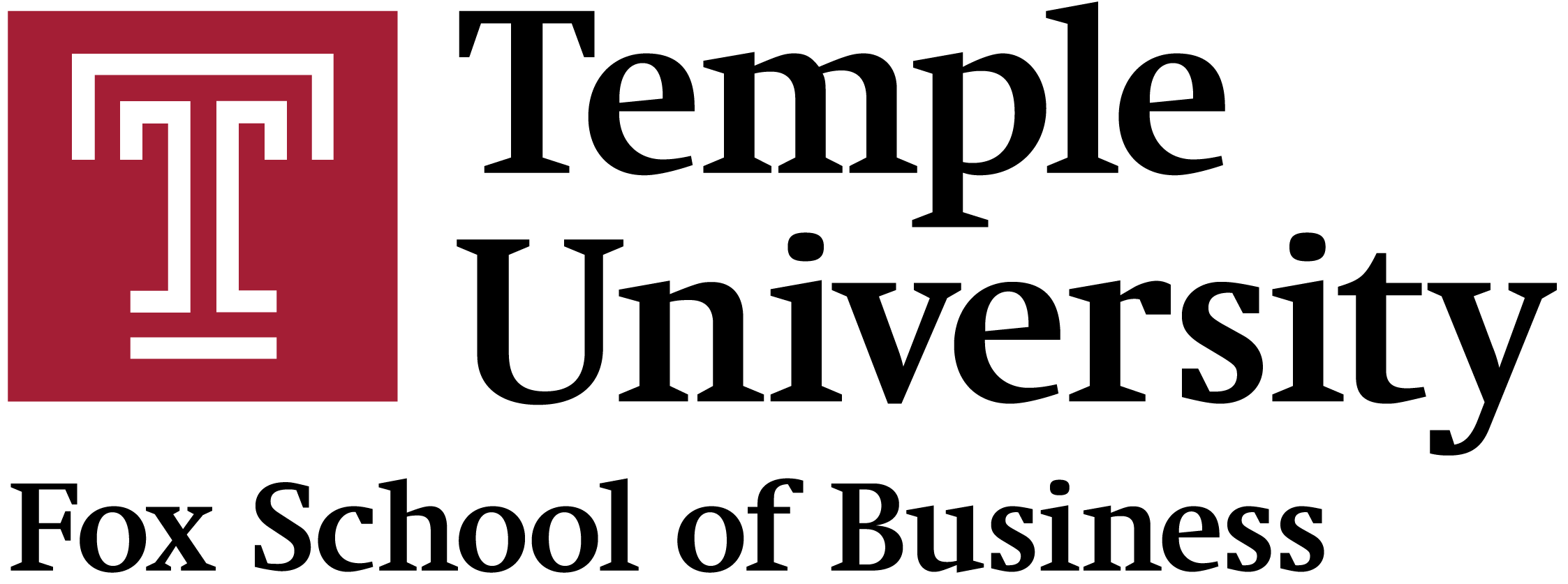Coursework
Major Related Courses
MIS 0855: Data Science (Fall 2021 – Freshman)
During this course, I learned the value of data to organizations and how they utilize it to communicate, make decisions, and solve problems. I learned, in particular, how to collect raw data, translate it into analysis using various tools, and load or update my results on a specific issue. This course has also taught me how to assess the quality of data collection and ask precise questions to generate the most accurate assessment. Apart from that, I learned how to successfully communicate my analysis by comprehending the use of various graphs and their application to specific challenges. Some apps I learned to utilize throughout this class were Microsoft Excel, Piktochart, Hadoop, and Tableau.
MIS 2101: Digital Systems (Spring 2022 – Freshman)
MIS 2101 was my first required class as an MIS major. In this course, I learned the impact of information systems and digital platforms within a company. Additionally, I learned how digital products are conceived, designed, engineered, and deployed using software such as Salesforce and Visual Studio Code. In addition to this, I also gained an understanding of component-based architectures and API’s.
MIS 2402: Web Application Development (Fall 2022 – Sophomore)
Currently, I’m taking MIS 2402, my favorite MIS course. At the moment, I’m learning how to build web-based applications that carry out business processes and integrate web-based services using programming languages such as HTML, CSS, and JavaScript. During this course, I’ve also used loops, arrays, and other essential programming concepts. Later during the semester, I’ll use API calls and more responsive web design to further my learning of web design.
MIS 2502: Data and Analytics (Fall 2022 – Sophomore)
In addition to taking MIS 2402, I’m also taking MIS 2502 concurrently. In this course, we’re learning how to operate and query relational and NoSQL databases to aid in applications. In addition to this, I’m learning how to combine multiple sources. This entails extracting, transforming, and loading data for “cleansing”. Usually, data is messy by itself, but in this course, I’m learning how to turn messy data, into information that can be understood. For this course, we’ve explored programs such as MySQLWorkbench, Vertabelo, MongoDB, Jupyter, and Anaconda to better help cleanse data.
Other Courses
Freshman Year
Fall
STAT 1001: Quantitative Methods for Business I
ECON 1102: Microeconomic Principles
HRM 1101: Leadership and Organizational Management
ENG 0802: Analytical Reading and Writing
BA 1001: Business Seminar
Spring
STAT 1102: Quantitative Methods for Business II
BA 1103: Legal and Ethical Reasoning in Business
IH 0851: Intellectual Heritage I
KINS 1026: Karate I
Sophomore Year
Fall
STAT 2103: Statistical Business Analytics
ECON 1101: Macroeconomic Principles
IH 0852: Intellectual Heritage II

